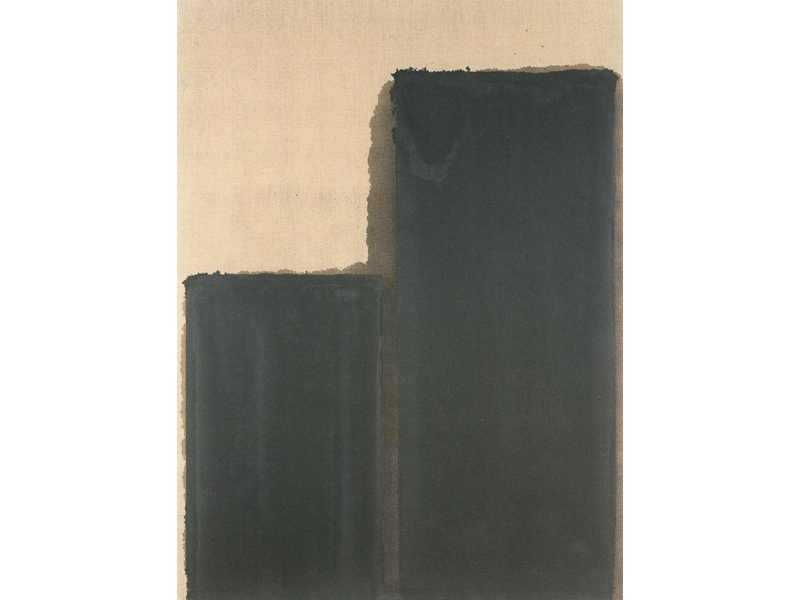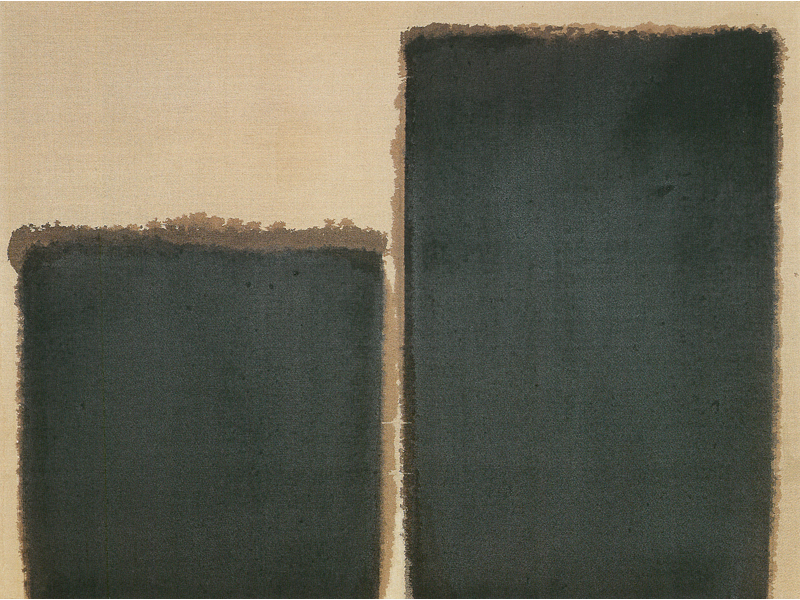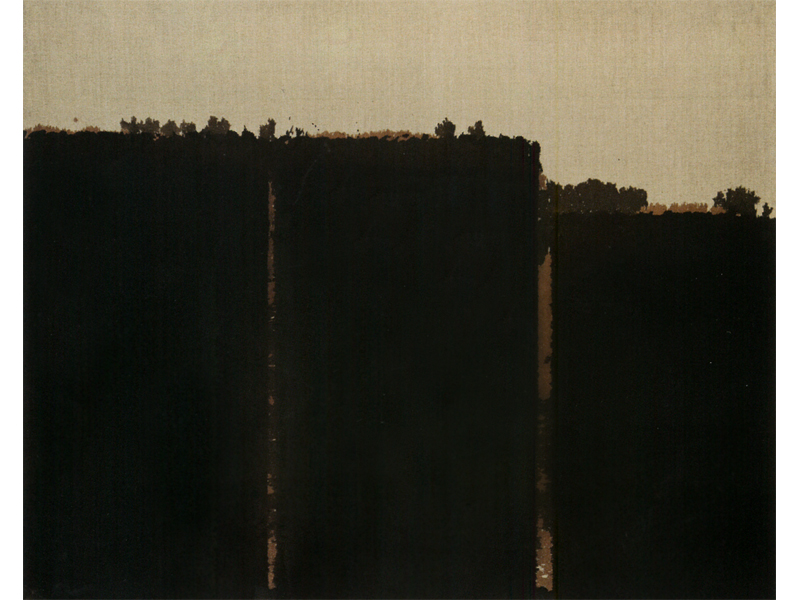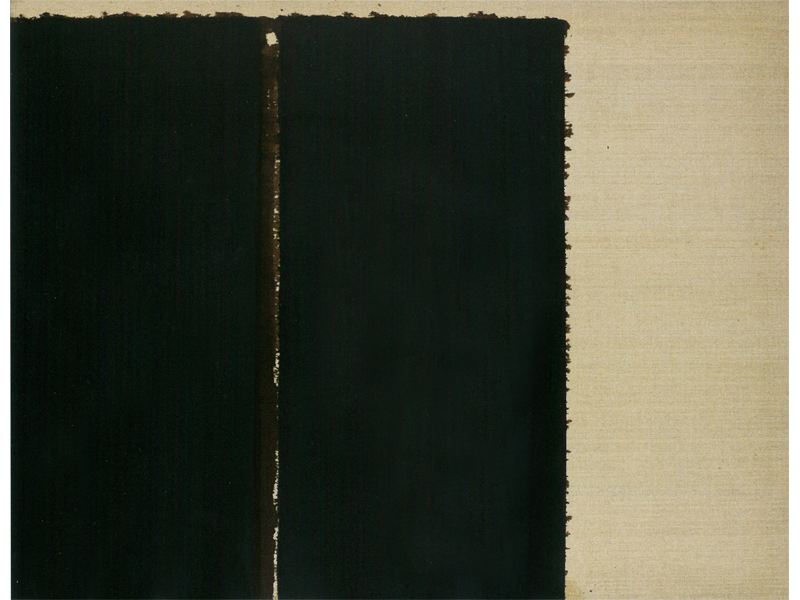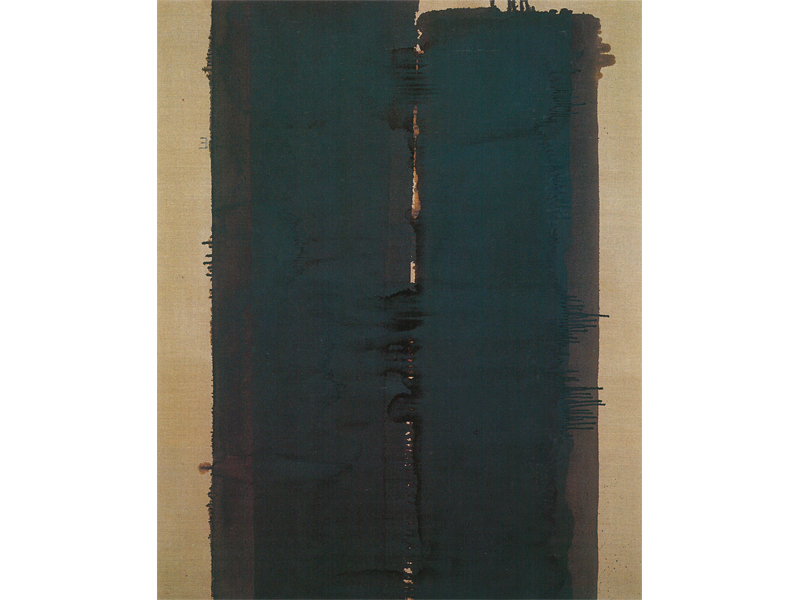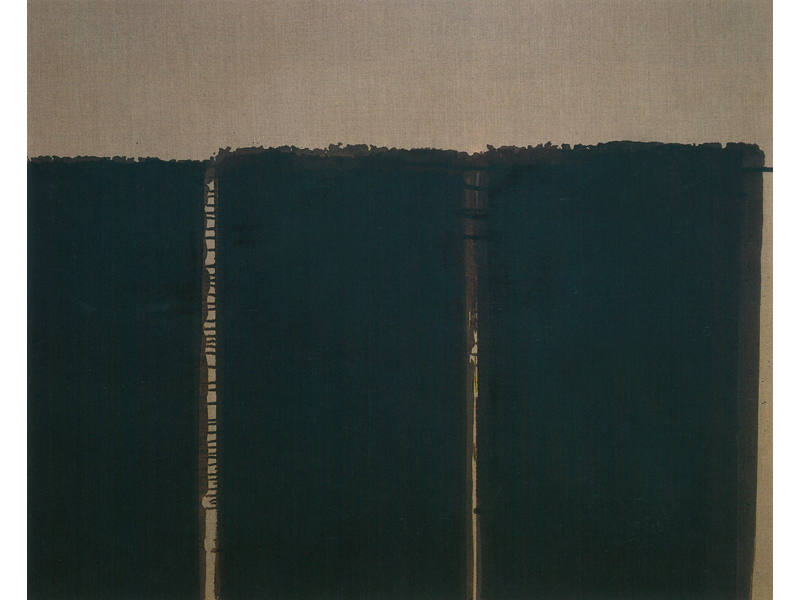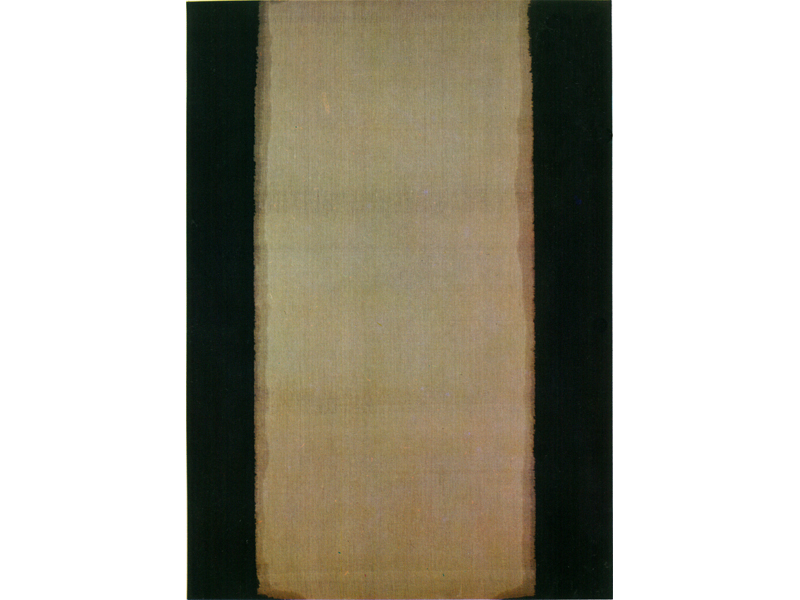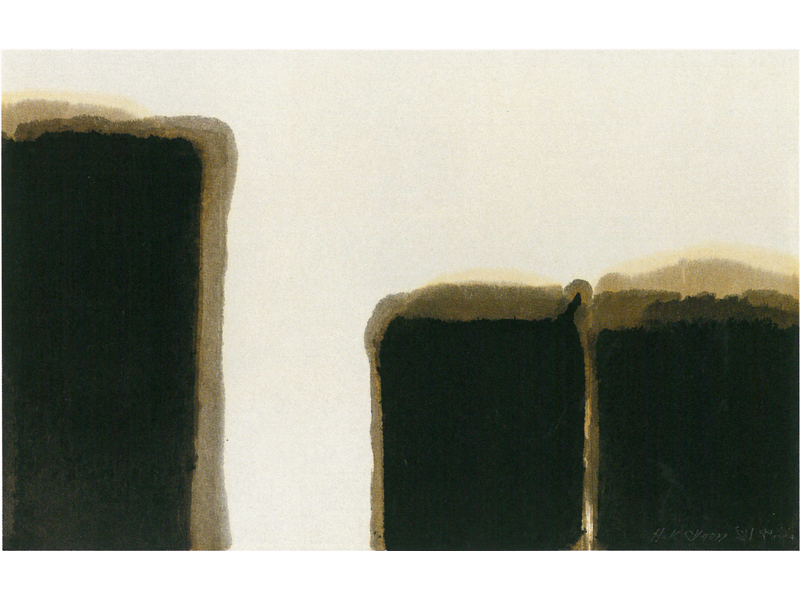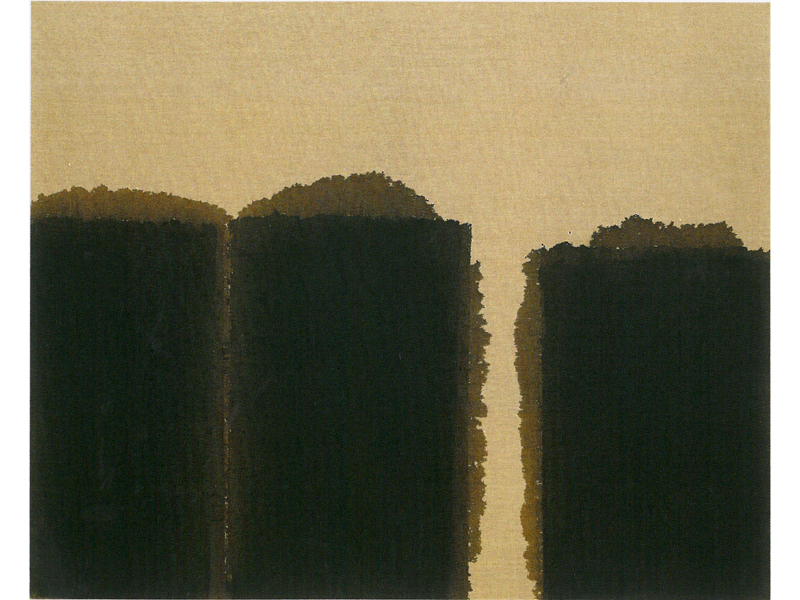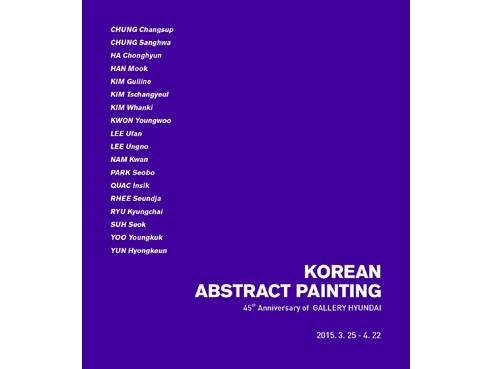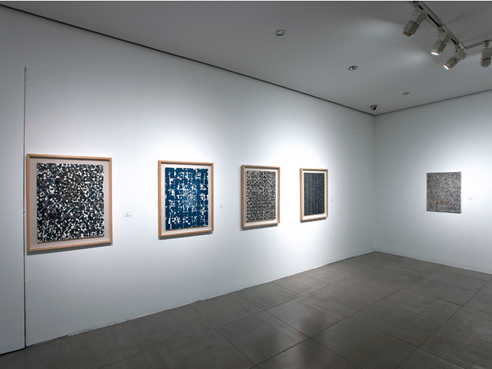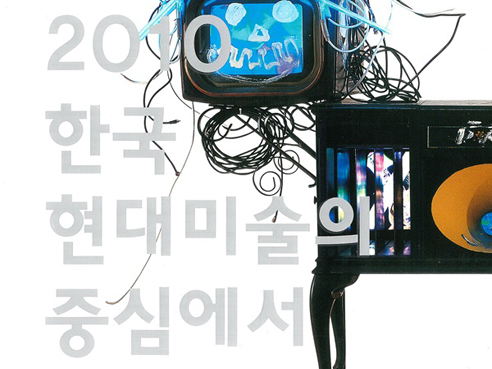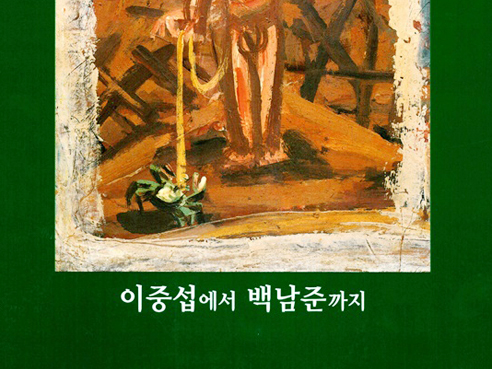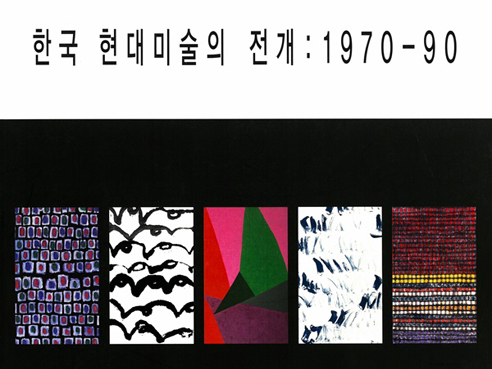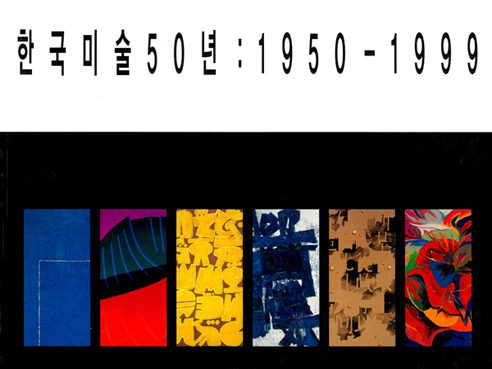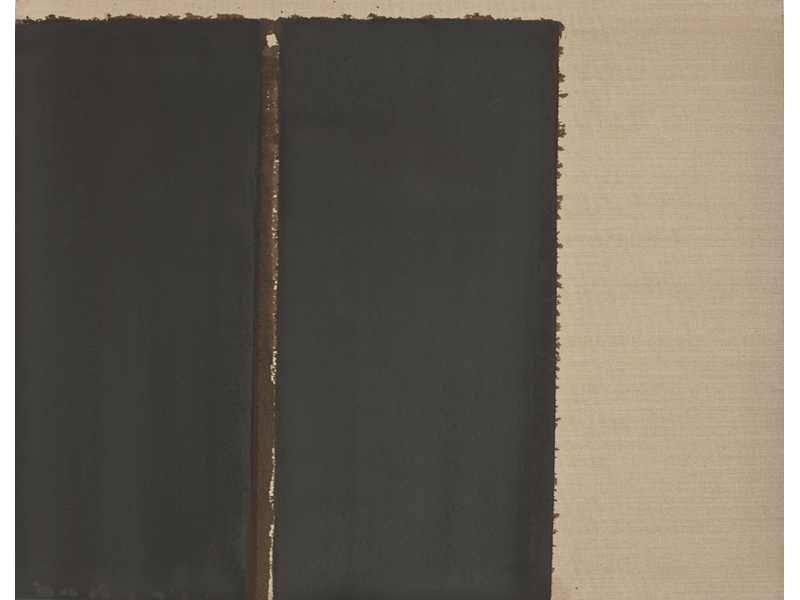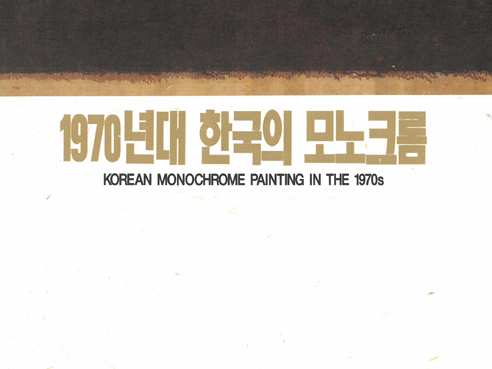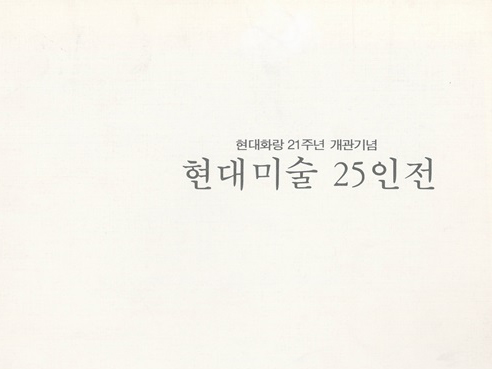YUN HyongkeunBurnt Umber Ultra Marine1996Oil on Linen97 x 162 cmYUN HyongkeunBurnt Umber & Ultramarine1991-95Oil on Linen 130 x 89.4cmYUN HyongkeunBurnt Umber & Ultramarine1996Oil on Linen98 x 130cmYUN HyongkeunBurnt Umber & Ultramarine1971Oil on linen80.3 x 100 cmYUN HyongkeunBurnt Umber & Ultramarine BLUE1992-2005Oil on linen91 x 116.8 cmYUN HyongkeunUmber & Blue1991Oil on linen162 x 130 cmYUN HyongkeunUmber & Blue1991Oil on linen130 x 162 cmYUN HyongkeunBlue Umber '781978Oil on Hemp Cloth130 x 96 cmYUN HyongkeunBlue Umber '791979Oil on Hemp Cloth210 x 150 cmYUN HyongkeunBurnt Umber & Ultra Marine I1981Oil on Paper52 x 83 cmYUN HyongkeunBurnt Umber Ultra Marine II1991Oil on Canvas80 x 100 cm
Related Exhibition
-
2015.3.25~4.22
-
2014.2.5~3.5
-
2010.1.12~2.10
-
2005.4.6~5.10
-
2004.7.15~12.31
-
2001.9.26~10.7
-
1999.11.24~12.3
-
1996.6.4~6.20
-
1996.2.1~2.25
-
1991.3.15~3.30
-
1979.7.6~7.13






